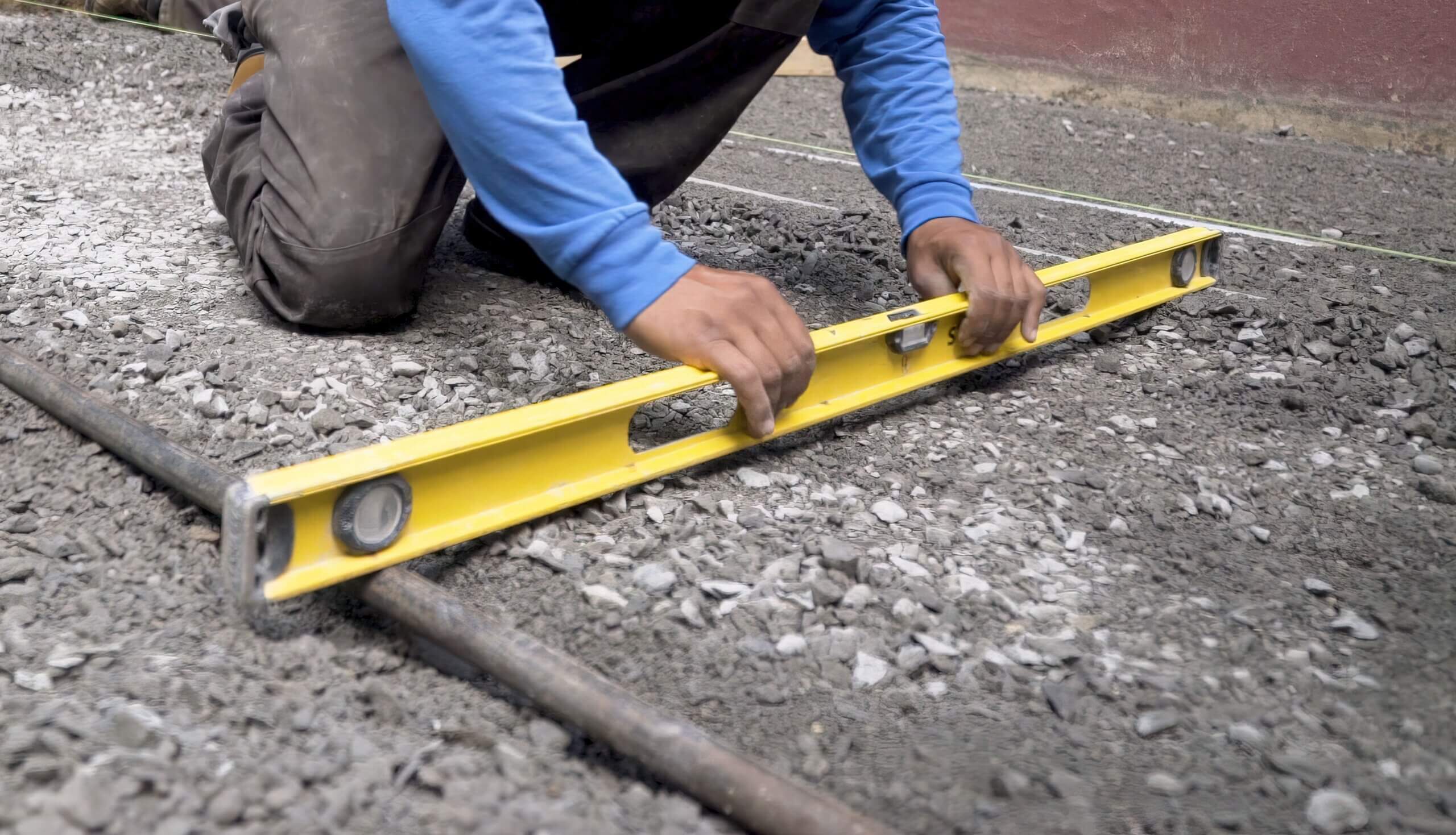By Carla Ladner, P.Eng.
Drainage issues around residential properties can lead to extensive damage to landscaping and house foundations, and if left unaddressed, can lead to moisture ingress into basements and crawlspaces. This can result in significant costs associated with remedying the drainage issue itself, as well as repairing all resulting damage.
While specific conditions, including percent slope and other drainage requirements, will vary depending on specific municipal bylaws, grading plans typically require a slope away from foundations to direct surface runoff away from the building. Older properties tend to be flatter in profile, while properties developed since the 1990s tend to have larger, more definitive gradients away from the foundations (in accordance with more recent code and municipal bylaws). At the sides of most properties, the sloped landscaping of adjacent properties meets to allow drainage along the property line. This allows surface runoff to meet at the common property line at the sides of the houses, where this water will run to a shared swale and/or catch basin. A swale is defined as a shallow but sloped portion of land slanted to allow surface drainage.

Lot Grading Plans are part of the development and/or building permit process in most municipalities and typically specify design elevations, swale locations and drainage plans to ensure the control of surface runoff. The Lot Grading Plan is essential in developing grading between adjacent properties. Building permits for new residential construction typically require approvals at both the rough grading and final grading stages.
Rough grading is the backfilling of the native soil, or other approved material, adjacent to the foundation walls and then shaping the lot to provide good drainage away from the home. The Lot Grading Plan provides acceptable tolerances for rough grading (typically between 7 and 20 cm below final grade elevations). Without adequate rough grading, the final landscaping will be unable to provide adequate water shedding from the property.
Final grading is the spreading and compacting of topsoil throughout the property to achieve overall grading requirements. After the topsoil has been placed, a Lot Grading Certificate is generally required to be prepared by a Land Surveyor and is submitted for final grade approval. Minor deviations between the Design Grade and the final grade elevation are generally permitted and acceptable tolerances vary depending on the municipality.
Minimum grading requirements for soft landscaping (grass and shrubs, etc.) and hard landscaping (impervious surfaces such as concrete or asphalt) are also typically specified and vary between municipalities. However, the general intent of municipal lot grading bylaws is that grading slopes, directly adjacent to a building foundation, should be more significant, while shallower grading is required throughout the rest of the property.

Over time, heaving or settlement of landscaping features may occur, and periodic monitoring of the site grading should be part of a homeowner’s maintenance plan. Any landscaping not providing appropriate surface drainage should be modified as soon as this is identified.
To prevent water-related movement and ingress through a residential foundation, it is imperative that positive grading away from the foundation be established. Downspouts directing roof runoff must also include leaders directing water away from the house foundation. In addition to foundation damage, improper grading can result in the deterioration of base material beneath sidewalks, driveways and patios, and water staining on landscaping features. Also, further settlement of low areas and damage to raised flower beds and retaining walls can occur due to inadequate grading. As such, drainage issues must be recognized and remedied. In complex drainage issues where surface swales are not easily identified, the cause of the problem and the solution may not be visually obvious. It might be worth calling in an expert to do a site survey to identify site slopes and drainage patterns.
